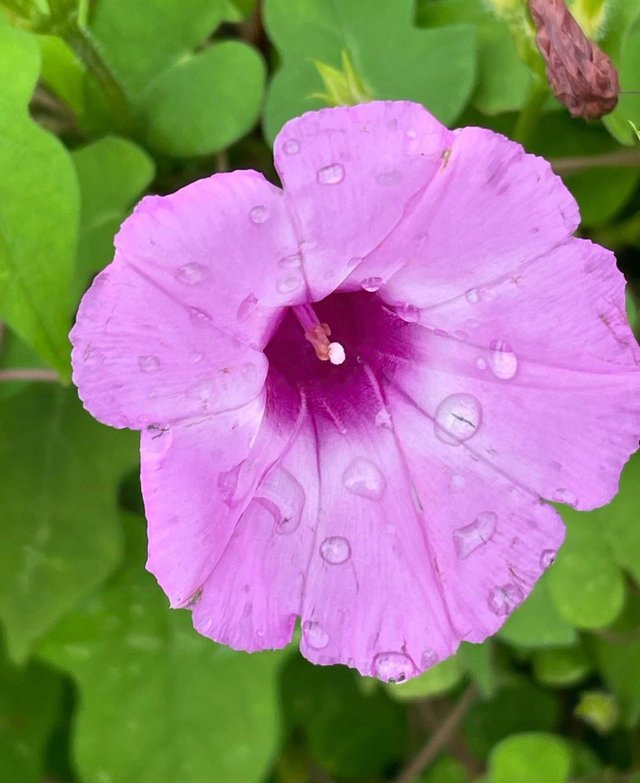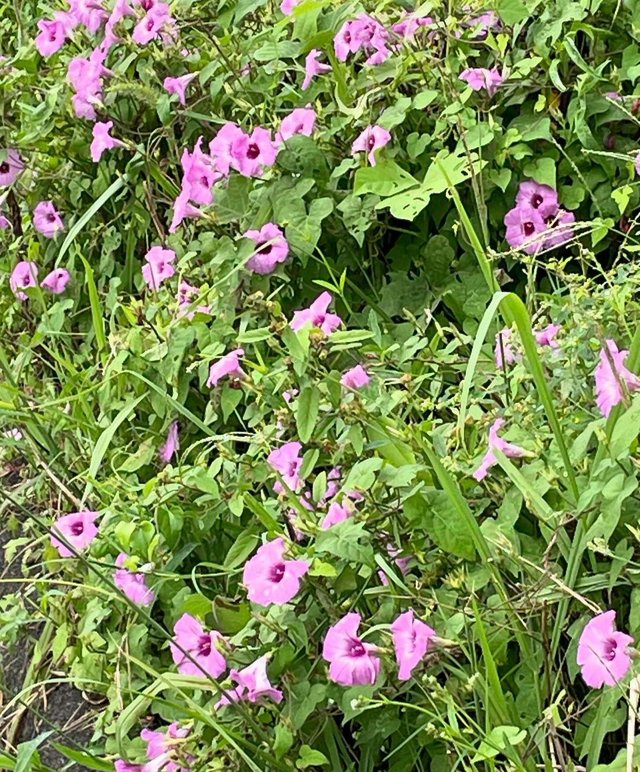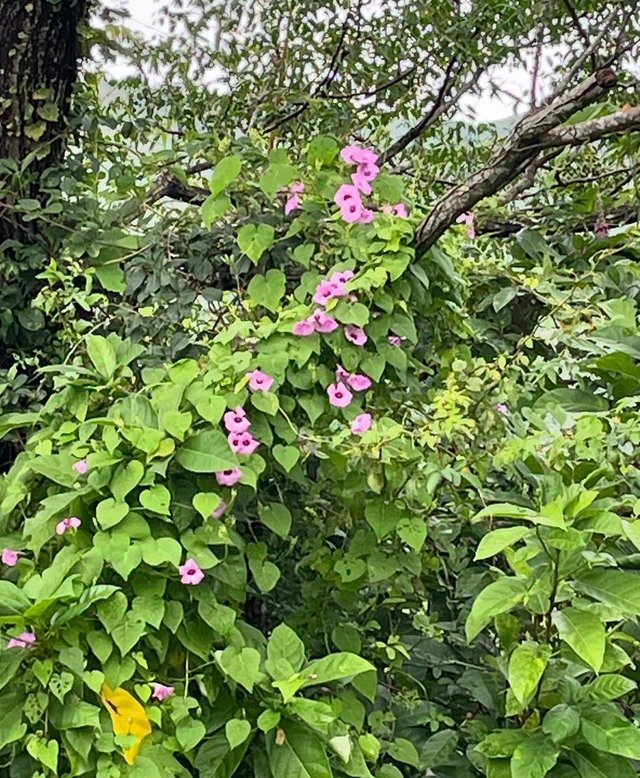Tievine Flower
 a
a



The Tievine flower is a captivating and vigorous plant species native to North America. It belongs to the Convolvulaceae family, the same family as morning glories, and is often called the Coastal Morning Glory due to its resemblance to the more common morning glory species. This fast-growing perennial vine is both admired and notorious: admired for its delicate, charming flowers and notorious for its tendency to spread rapidly, sometimes becoming invasive in certain regions. Understanding the Tievine’s characteristics, growth habits, and ecological role can provide a balanced view of this intriguing plant.
The Tievine is a hardy perennial vine that can reach lengths of up to 10 feet or more. Its leaves are heart-shaped or lobed, giving the plant an appealing foliage that complements its flowers. The flowers are typically a lovely shade of pink to lavender with a deep pink to purple throat, measuring around 1 to 2 inches in diameter. These delicate blooms have a funnel-shaped structure and resemble the classic morning glory bloom, opening in the early morning and closing as the day progresses.The Tievine flowers bloom from early summer to late fall, depending on the climate, making it a long-blooming plant. Its continuous flowering adds a bright, colorful element to the landscape, and its vibrant petals attract various pollinators, such as bees, butterflies, and hummingbirds, making it an important plant in local ecosystems.
Tievine thrives in various environments, including sandy soils, roadsides, disturbed areas, open fields, and even coastal areas, which is why it is commonly found in southern and southeastern regions of the United States. The plant prefers full sun to partial shade and can tolerate a wide range of soil types, including poor, well-drained soils. Its ability to grow in diverse environments has contributed to its spread and adaptability, but this resilience can also make it difficult to manage in areas where it becomes invasive.The Tievine flower plays a vital ecological role by providing food and shelter for pollinators. Its continuous bloom period is particularly valuable for bees and butterflies, which rely on a consistent source of nectar. Hummingbirds are also drawn to its bright, tubular flowers, which offer a reliable nectar source for their high-energy needs.
Gracias
